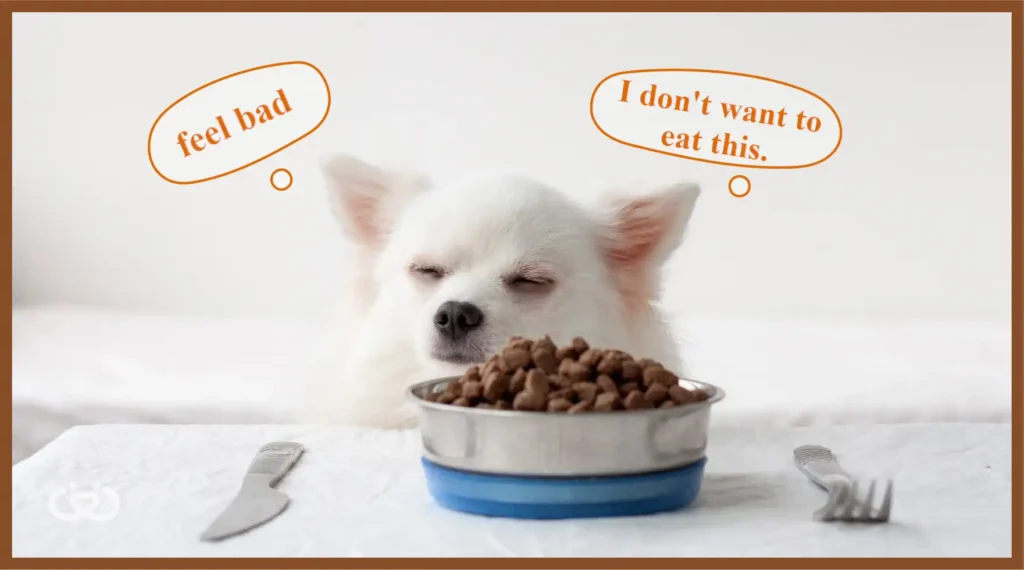
Possible Reasons for Dogs Being Picky Eaters
There are many possible reasons for dogs to be picky in eating and not eating. The reasons may be caused by physical and mental factors, dietary preferences, or by our feeding habits, the following are some common reasons:
– Illness or discomfort: Dogs may lose their appetite due to illness or discomfort, such as oral disease, gastrointestinal problems, indigestion, fever, etc. If your dog suddenly and frequently loses its appetite within a short period of time, it may not be able to eat as much as it should. If your dog is suddenly and frequently picky about food or loses its appetite for a short period of time, it is advisable to take your dog to your trusted veterinary hospital for a checkup to determine if there are any health factors that may be causing the problem.
– Dietary habits: Some dogs may be picky eaters because the food they have been eating for a while is too monotonous, not fresh, or has a bad taste or change in preference; or it may be caused by the way we feed them staple food and snacks.
– Food quality: Some dogs have obvious preferences for food types, such as texture, odor, taste, size, etc.
– Environmental changes: When a dog is faced with a new environment or a change in routine, his appetite may be affected due to emotional instability or poor condition.
– Connection with negative behaviors: being disturbed by children during meals, being watched all the time, leaving the house after eating, using food to isolate the dog in a space, etc.
– Desire for attention
Causes Exploration
Disease or discomfort
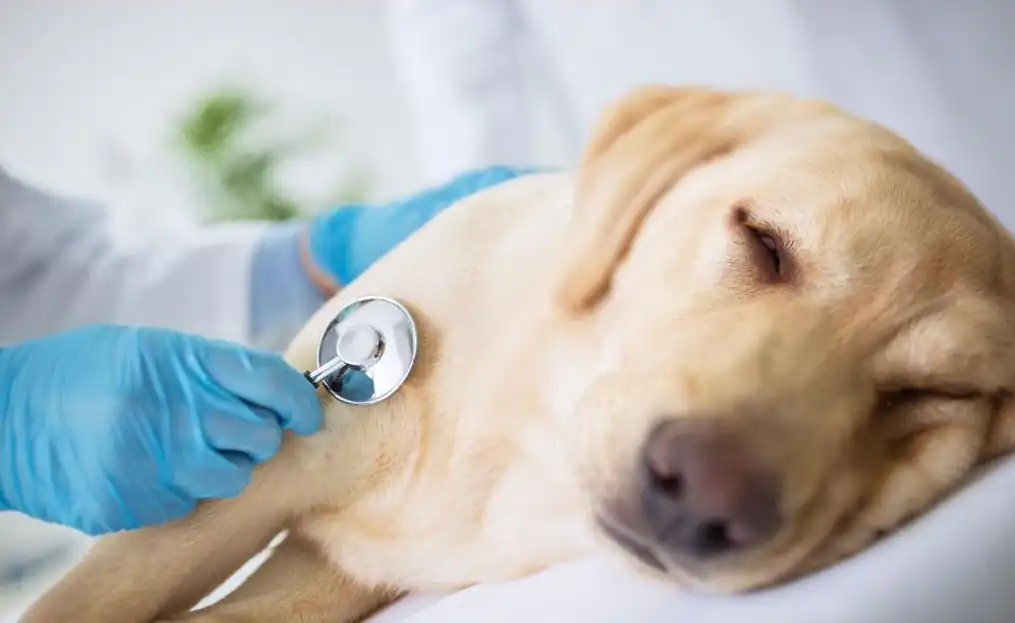
When your dog refuses to eat, we can closely observe his behavior and condition. If the dog only skips meals occasionally, we can observe the dog closely for a day. However, if your dog does not eat for more than 24 hours, or if it has not eaten for more than 24 hours but shows other unusual symptoms, such as vomiting, diarrhea, depression, fatigue, bad breath, etc., these may be signs of a health problem.
If your dog has not eaten for more than 24 hours, or if you have any concerns about the symptoms you are seeing, it is recommended that you take your dog to a trusted veterinary hospital immediately for a checkup. Provide your observations to your veterinarian so that he or she can perform a physical examination, schedule any necessary tests, and provide an appropriate treatment plan for your dog.
(When a dog goes more than 24 hours without eating, it can lead to dehydration, hypoglycemia and other health problems. Therefore, early detection and management of the problem is very important to ensure that your dog receives proper treatment and care.)
Dietary Habits / Food Quality
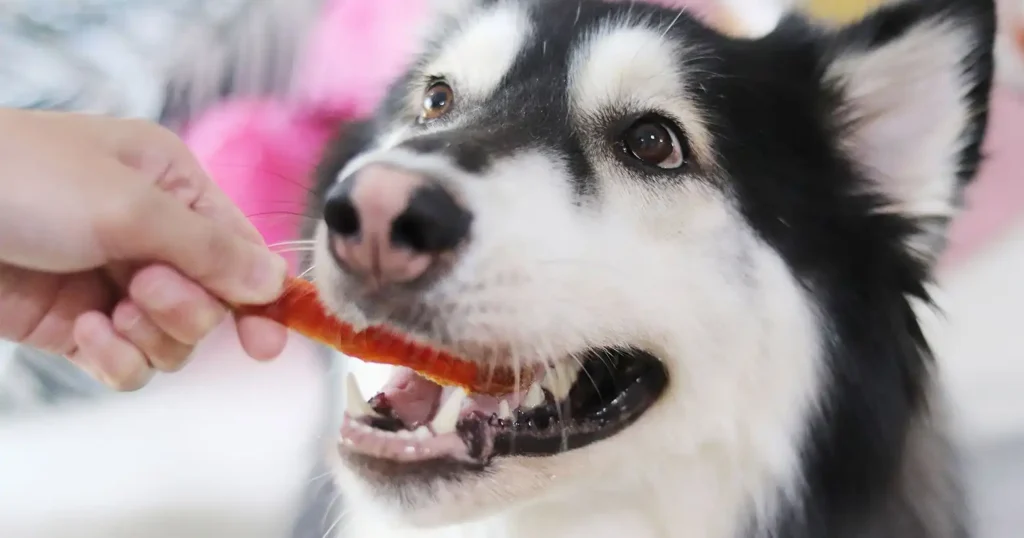
If we eat the same food every meal, we will get bored after a long time. Besides, every dog has its own personality and preferences, and will feel bored and tired of eating the same food for a long time and lose the sense of freshness.
The best way to avoid picky eating is to let your dog try a variety of different diets, so that your dog can have a varied diet, which is also one of the ways to enrich your dog’s life.
Another thing to keep in mind is the way we give our dogs their staple food and snacks. If you are used to giving your dog a big bowl of staple food, unlimited supply, and replenish it at any time, for dogs with bottomless stomachs, too much food may lead to obesity; for dogs that are not particularly fond of food, it may lead to the dog eating food that has already begun to harbor bacteria, which may cause gastrointestinal diseases due to repeated infections over a long period of time. It is also easy for the dog to develop a bad habit of not valuing the food in the bowl, and may even develop food guarding behavior. Even if the dog doesn’t eat, the dog still feels that the bowl of food is his, so as long as another dog or person passes by the bowl, the dog will be on the alert, for example, low growling, barking, ferocious with teeth, and may even bite another dog or person in order to protect the food, which will make it difficult to collect the bowl in the future and make the dog fearful of the future.
Or whenever the dog is picky, they will be given food that they are willing to eat, such as snacks, biscuits, fruits or human food (because most of them are seasoned and will be too salty), and the dog may develop a bad habit of capriciousness, “If I don’t eat this, mom and dad will give me more delicious food that I like more”, and the problem of picky eating will become more and more serious. The problem of picky eating will become more and more serious.
Environmental Changes
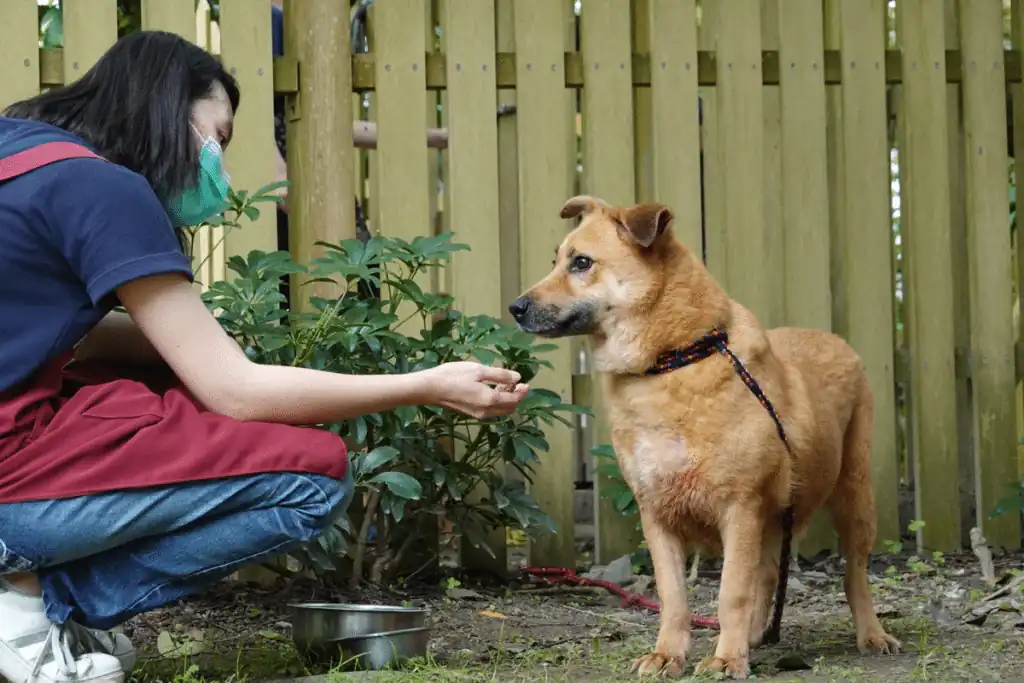
From the sudden cold, hot climate change, the construction of the house near the home or the loud noise of the neighbor’s decoration, moving, changes in family members, and even travel may lead to the dog feel insecure, distrust, and so on, and then affect the appetite.
– Moving: Moving is a stressful and tense experience for dogs. After moving, we need to give the dog enough time to adapt to the new environment, accompany it to re-establish its sense of security and trust, and provide the dog with a stable living and dining environment.
– Changes in family members: Whether it is a new member (partner, baby, new pet) joining the family or a family member leaving, it may make the dog feel uneasy and affect its appetite. In this case, it is recommended to maintain the original living environment and habits as much as possible, and continue to give the dog enough love and attention.
– Outings: Whether it is a multi-day business trip by the owner or a trip with the dog, the dog may feel uncomfortable with the change of home or the place of stay. It is recommended that you maintain your dog’s diet and habits as much as possible during this time.
Ways to Improve Your Dog’s Picky Eating
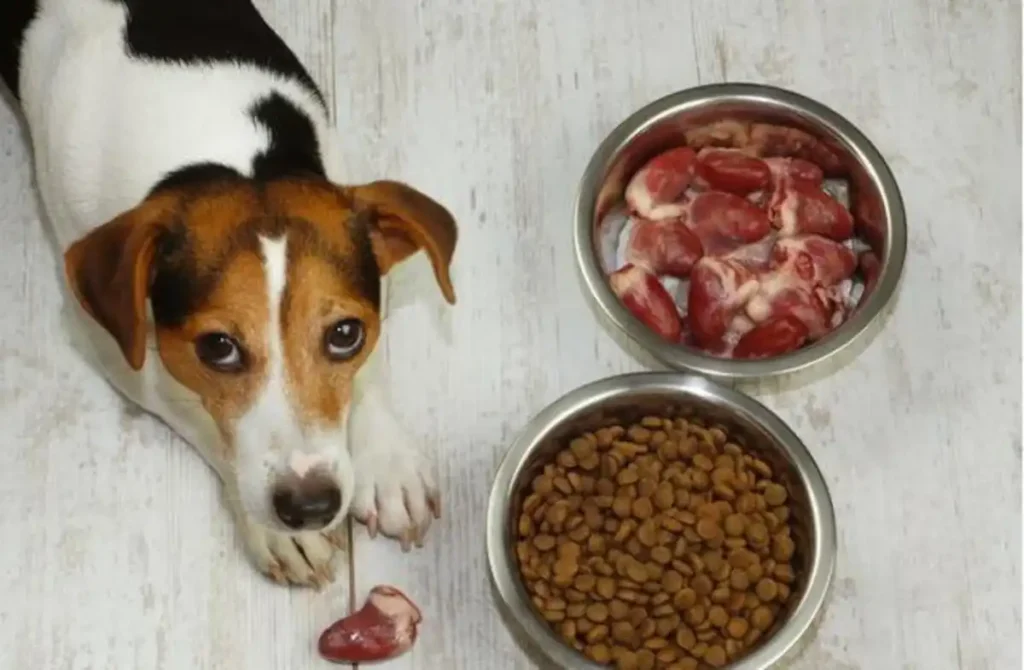
– Limit your dog’s meal time
If your dog does not want to eat, put the food away within 15 minutes after the meal is served and do not give your dog any more food for the meal. The purpose of this is to establish a good rule with your dog, so that he knows that if he doesn’t eat this meal, he will have to wait for the next one. Usually, after a few attempts like this, your dog will eat his meal obediently.
– Provide a safe eating environment
If your dog often stops eating, looks around, or even leaves the bowl to observe and then comes back to continue eating, it is because your dog feels insecure about the location we have arranged for him to eat. For example, if the eating place is near the window and the blinds or curtains are blown on a windy day, it may make the more sensitive dogs feel uneasy and unable to eat with ease.
– Give your dog an independent, undisturbed mealtime.
Avoid children touching and interrupting your dog’s meal time, and don’t suddenly take away or move the food bowl in the middle of your dog’s meal.
– Offer a variety of food
If you are busy and usually use dry food as your dog’s daily staple, what you can do is to change the brand and flavor of dry food for your dog from time to time, as each brand has a different production method, texture and particle size, as well as a different percentage of nutrients, so you can avoid over- or under-intake of a particular nutrient. We can also learn more about your dog’s preferences in terms of texture and pellet size, and by switching to a different meat each time, we can avoid allergies caused by a particular meat, or even find out which meat or ingredient is causing your dog’s allergies.
If you like to cook, you can make fresh food for your dog on occasional days off. The quickest way to do this is to wash the ingredients and boil them together in water or steam them in an electric cooker; or you can mix in some fresh food for your dog’s dry food, a can of staple food, or a can of side dishes; or you can even give your dog a can of staple food to enjoy directly.
Owners who feed their dogs dry food as their main meal should pay special attention to whether their dogs are drinking enough water each day to avoid long-term illnesses caused by insufficient intake.
Even the same brand of dry food may have different ratios of calories and nutrients, so it is advisable to calculate the recommended daily intake based on your dog’s most recent weight data every time you make a change.
※ Regular weight measurement and recording is one of the ways we can keep a close eye on your dog’s health, and can be provided to your veterinarian as a reference if necessary.
– Heat up the food to enhance the aroma and appetite.
If you are feeding canned food or fresh food, you can warm it up to a slightly warm temperature, around 35-37 degrees Celsius. Warmed up food is also convenient for us to mash it up a little bit for our elegant dogs who like to take small bites of food. For dry food, soak in warm water for 1 to 2 minutes to enhance the flavor and appetite of your dog.
– Add Fish Oil
Adding fish oil not only enhances the flavor of the main meal, but also provides your dog with essential nutrients.
– Sprinkle with a little bit of margarine or low-calorie cheese powder.
– Choose dry food, canned food, or canned food with a high meat content.
– Picky eaters who can’t finish their meals? Adjust your dog’s meal size first
If your dog can’t finish his meal at the same time, reduce the amount of food he eats at every other meal by half and don’t give him anything other than the main meal, then gradually increase the amount of the main meal back to the amount your dog needs.
– Limit the amount of snacks given
In addition to avoiding obesity problems, you can also avoid having too many snacks to affect your dog’s appetite for regular meals. The best way to avoid obesity is to estimate the amount of calories in the snacks on the same day, and then reduce the amount of main food given in the next meal.
– Avoid giving the food we eat
Because the food we eat is usually flavored, our snacks are chemically processed, and even fruits are generally too sugary for kids, we may accidentally give them too much, which may lead to picky eating. In addition, we often give the fur child during the meal we eat food, the dog habit developed may also affect our meals, when we eat in the future, the dog will think that the dishes on the table it can also eat, so may be in our meal time constantly crying.
– Increase playtime to increase exercise and calorie consumption.
– Avoid rushing your dog out of the house right after meal time, as this may cause your dog to become more picky about food if he already has separation anxiety.
– If you are afraid of the dog’s repairman coming to your home, use food to keep your dog in the room alone to avoid distress.
Frequently Asked Questions
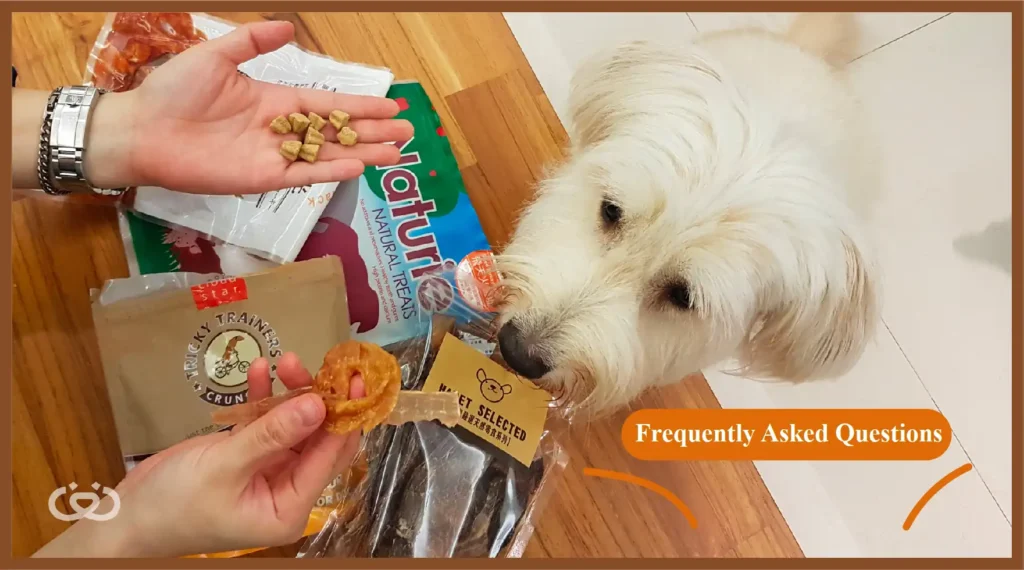
Q:What should I do if my baby is so hungry that he vomits stomach acid (yellow liquid)? Do I need to fast?
A:When your dog refuses to eat the main meal due to picky eating, please don’t be too nervous, and don’t give him more delicious snacks, for your dog will learn that “if I vomit when he is hungry, then he will get good food”. Therefore, once the dog is really hungry to the point of vomiting stomach acid, but still refuses to eat the main meal, we can add a little bit of other food to enhance the flavor of the food as a supplement, give in a little bit, and then continue to correct the dog’s picky eating behavior in the next meal.
If the dog simply vomits stomach acid, there is no need to fast, but if there is an unusual color in the stomach acid, or if the dog is suspected to have eaten something randomly on a walk, we can allow the dog to fast for 12 hours to observe, and if there is still vomiting or other symptoms appearing in the meantime, then we can contact a trusted professional veterinary hospital to describe the symptoms and confirm whether or not it is necessary to consult a doctor for an urgent checkup.
Q: Don’t let him be afraid to eat! How do I educate my dog in the right way?
A: We also need to be careful not to lose our temper or punish our dogs when they are picky eaters; because the dog doesn’t know that it is being scolded for being picky and may think that it is the food that is causing it to be punished, and then the situation is not just picky eating behavior, but a different kind of fear of eating!
If a dog is already afraid to eat, we must first turn our minds to adjusting our emotions, and when the dog is picky again, we can simply take away the main meal after 15 minutes, without forcing the child to eat, and avoiding punishing behavior. There are many other positive, pleasant, non-emotional ways to gradually improve your dog’s picky eating behavior. First of all, we can play and walk with the dog to make him forget about his fear, and then give him small amounts of his favorite food when he is happy to re-establish his relationship with the dog, and then we can use the above methods to correct the dog’s picky eating behavior after the relationship has been established.
※ Dogs that have just returned home from the shelter may also be afraid of eating, probably because they have been taught to eat by more dominant dogs at the shelter, and have not been able to eat well enough to associate food with negative experiences.
Q: Should I avoid changing staple foods while my dog is a picky eater?
A: It is recommended to wait until your dog’s picky eating problem improves before you start to diversify the food, so that your dog doesn’t get the wrong idea that the change in food is because he doesn’t eat, “so mommy and daddy gave me something else that tastes better”.
